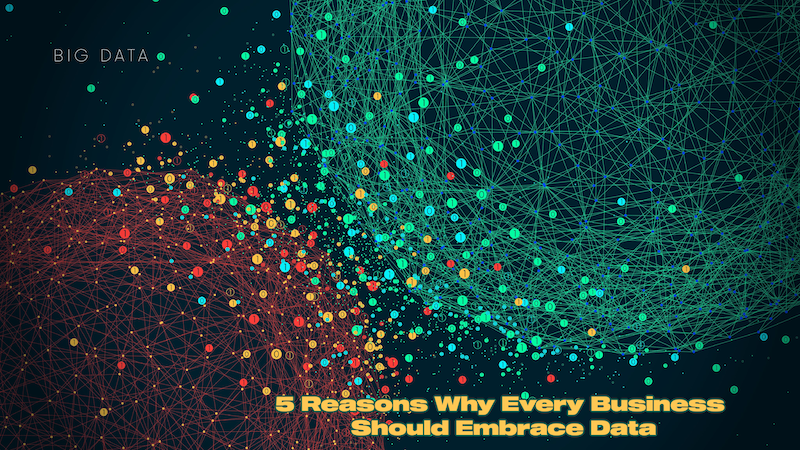The Chatbot is an open and inclusive magazine. If you have an interesting experience to share or a view on the subjects we cover and if you write well, then we are very willing to post your feature.
Just make sure you tick all these boxes:
![]() Your feature should be between 1500 and 2,000 words in length.
Your feature should be between 1500 and 2,000 words in length.
![]() It must be original (i.e. your own work and not previously published elsewhere).
It must be original (i.e. your own work and not previously published elsewhere).
![]() The article can contain up to five relevant links as references. If you want a link back to a company you are associated with, you may do so once and if it doesn’t make sense for that link to be in the body of the feature, you can place it with your signature.
The article can contain up to five relevant links as references. If you want a link back to a company you are associated with, you may do so once and if it doesn’t make sense for that link to be in the body of the feature, you can place it with your signature.
![]() We are much more interested in thoughtful pieces that inform or stimulate discussion than overt advertising.
We are much more interested in thoughtful pieces that inform or stimulate discussion than overt advertising.













